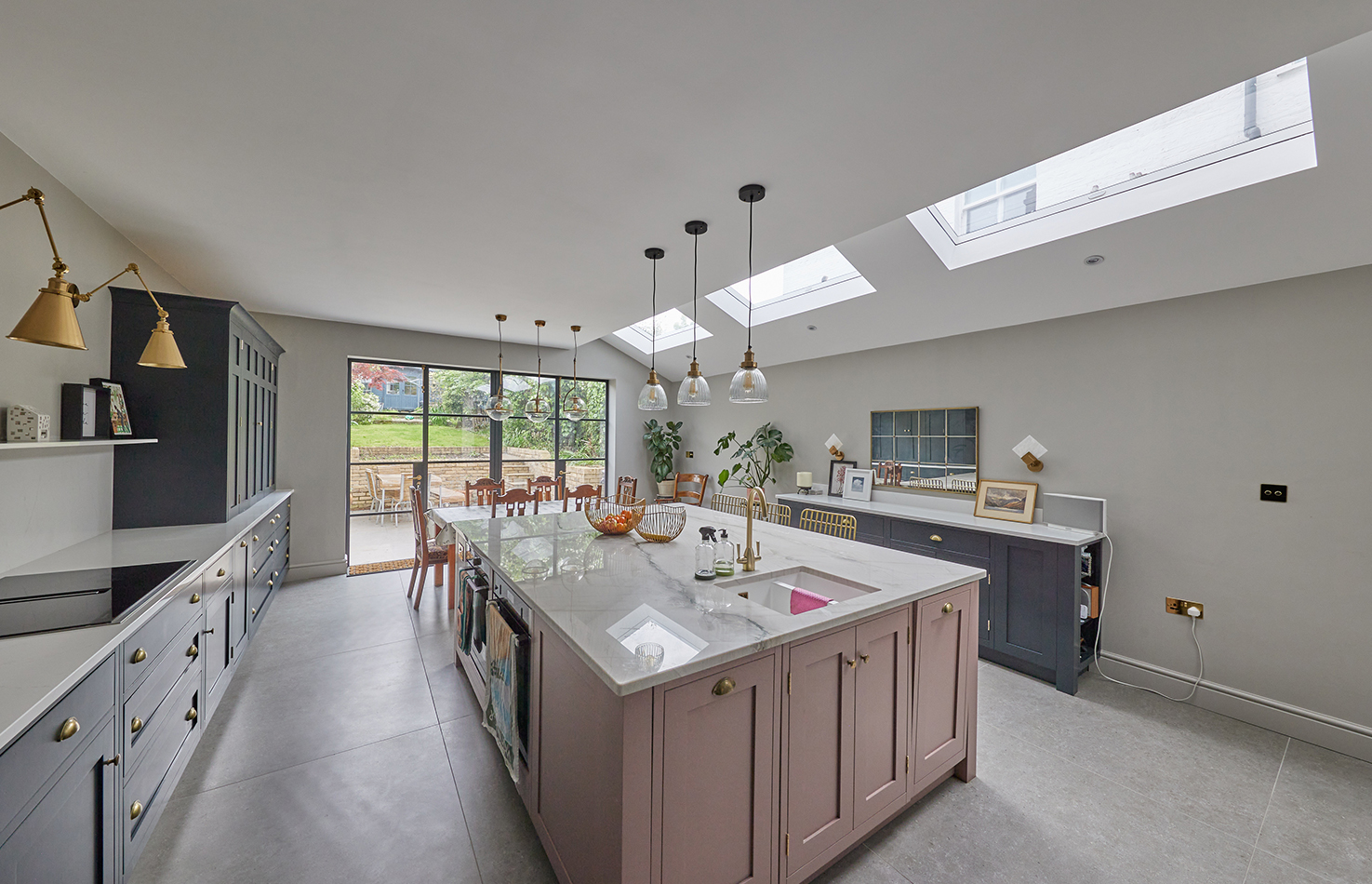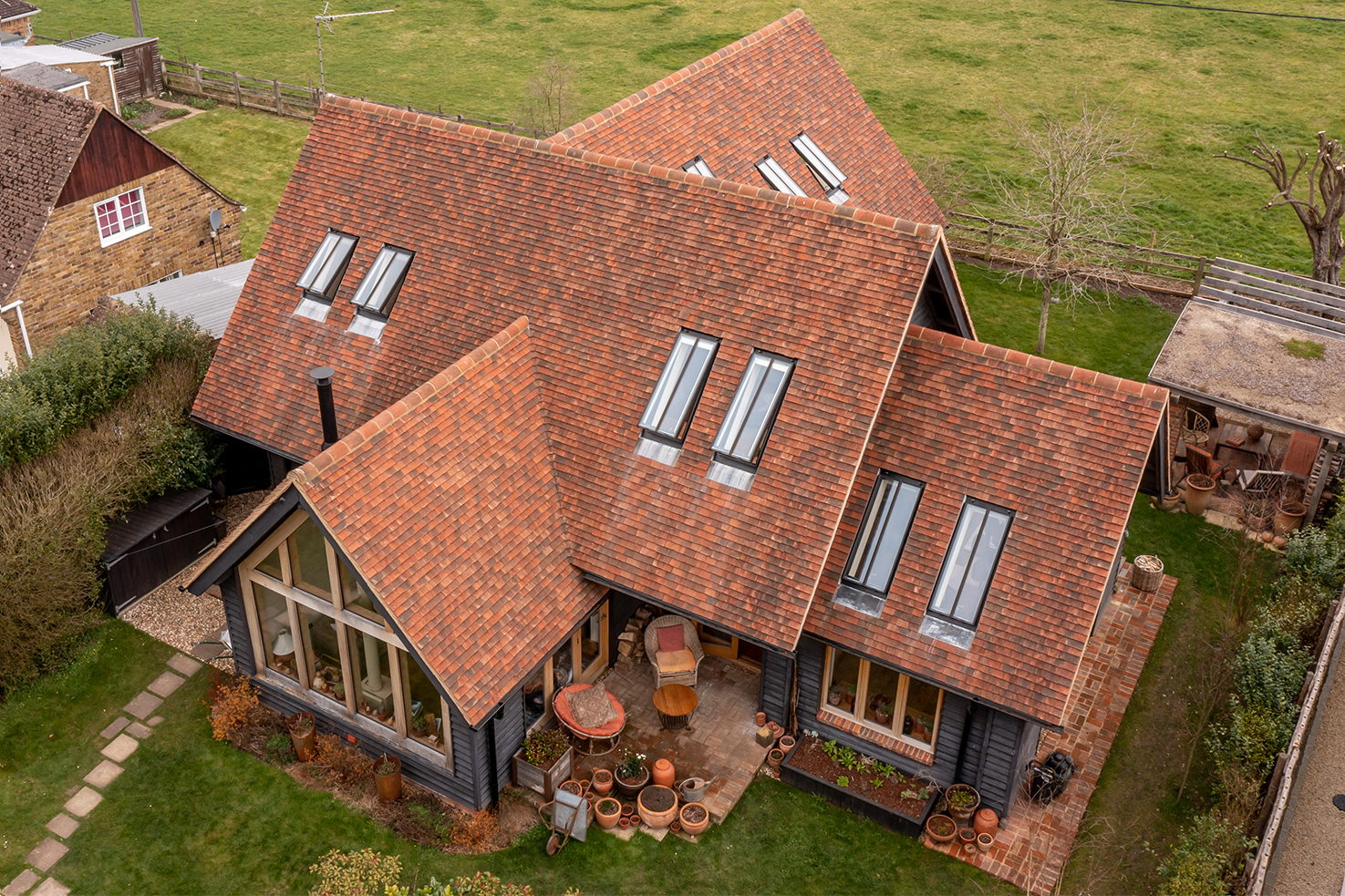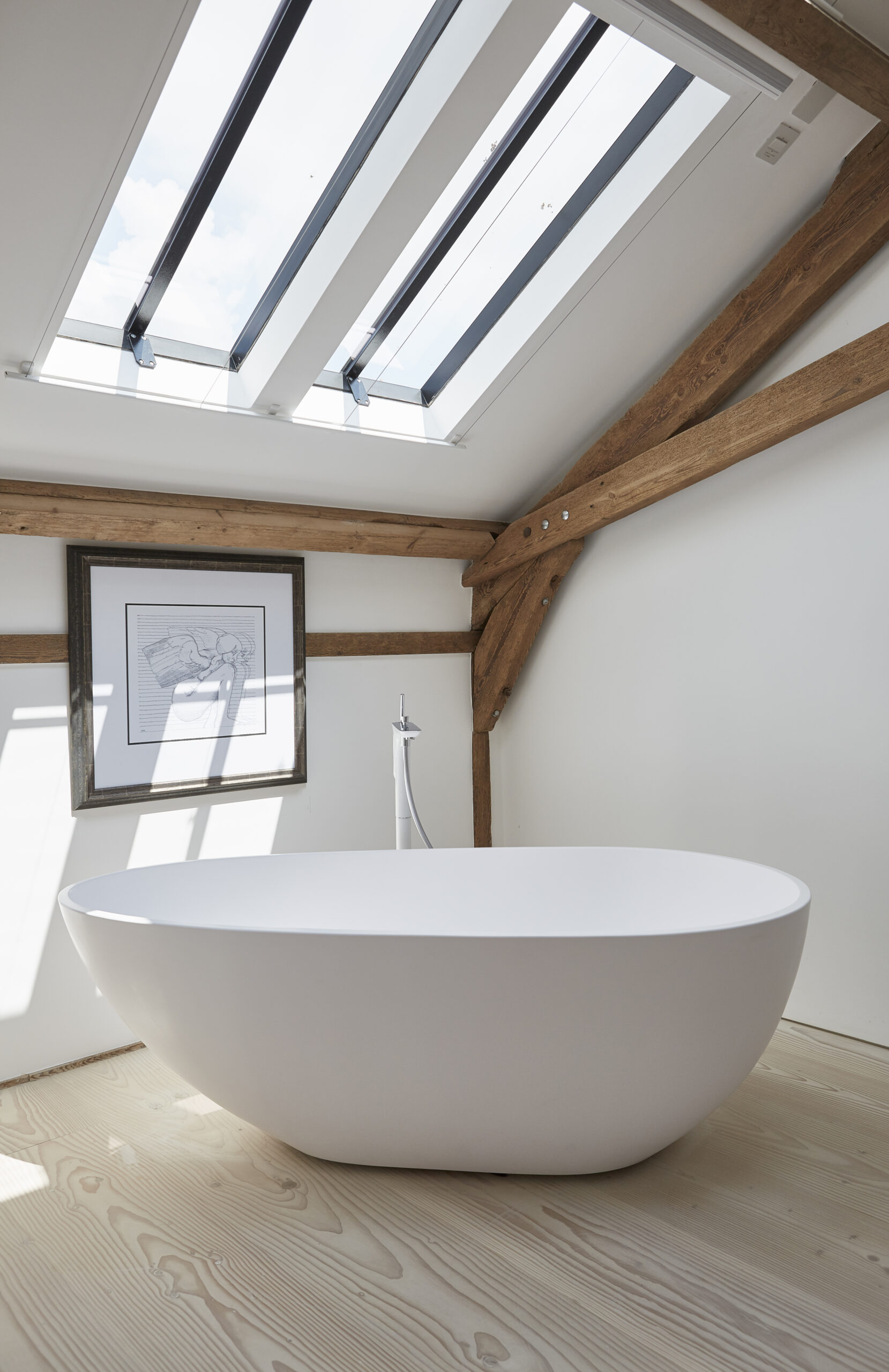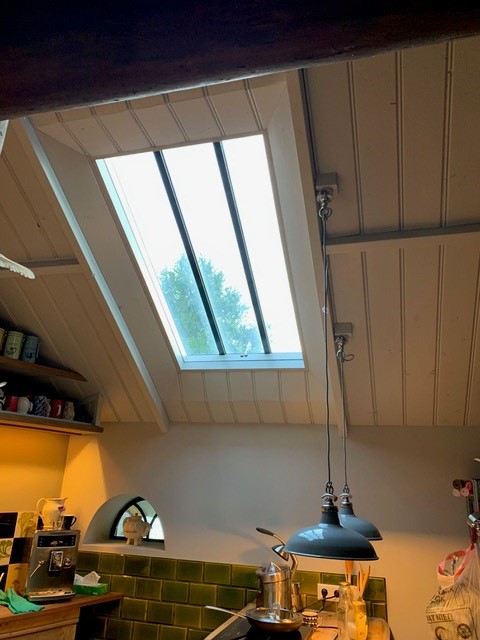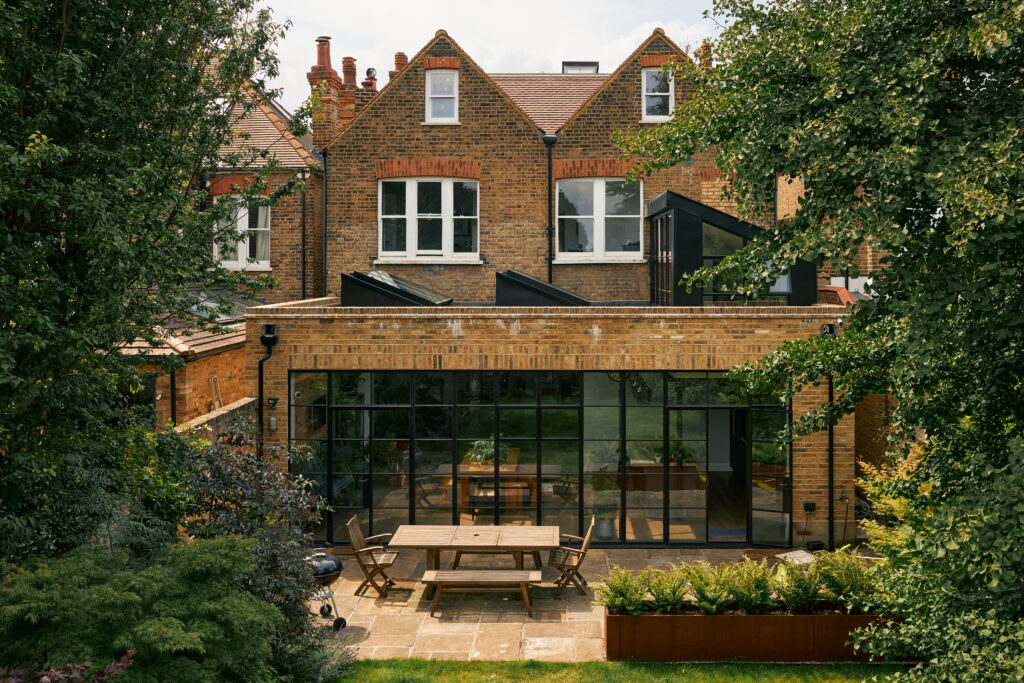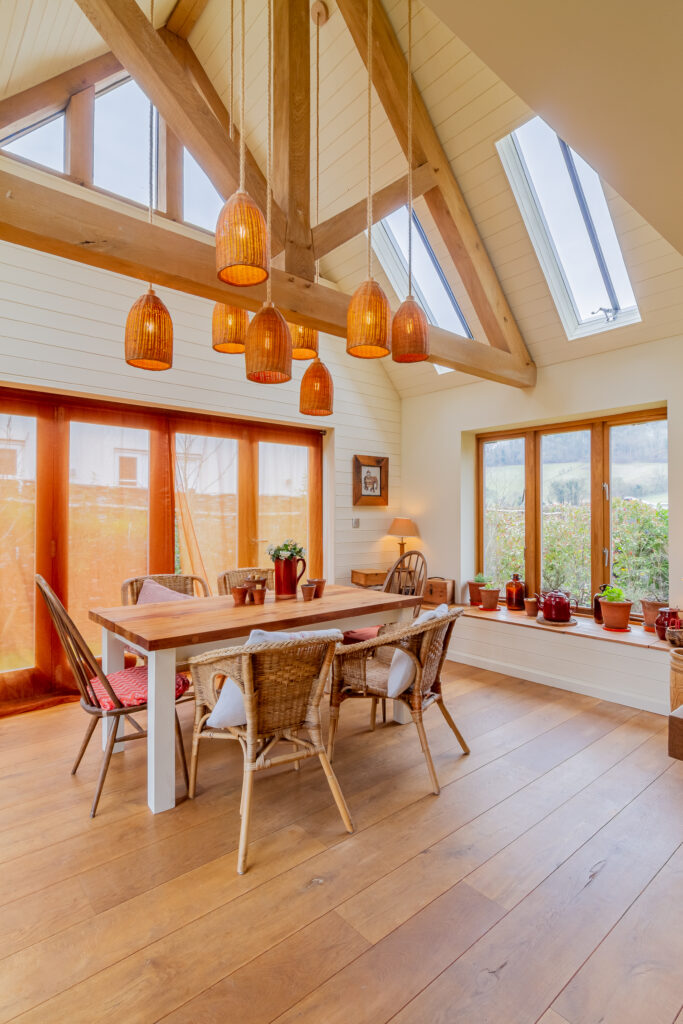Our flat rooflight range
The Neo Advance® rooflight is an energy-efficient flat rooflight, designed for maximum performance and minimal intrusion to your home. With sleek flush design and thermal shield technology to maximise thermal efficiency, our Neo Advance® flat rooflights are the ideal choice for a contemporary space. Perfect for homeowners looking for an unobstructed view and elegant, simple design, you can explore your options with a fixed shut flat rooflight design as well as flat rooflights that open
The Conservation Plateau rooflight allows homeowners living in conservation areas to enjoy the benefits of a flat rooflight while ensuring their rooflight is in keeping with conservation regulations. It can be particularly difficult for flat rooflights for listed buildings and heritage buildings to be approved, which is why our Conservation Plateau is an incredibly popular choice for those looking to renovate their property while remaining sympathetic to a property’s traditional design. With features such as silicone edging to resemble original putty, and a traditional glazing bar, our conservation flat rooflights are approved by heritage bodies including Historic England and English Heritage.
For those looking for an extra sense of the wow factor, our Neo Advance Skywalk® rooflights feature especially designed reinforced glazing and protective coating that means you can make a real feature of your rooflight. Featuring a durable aluminium frame, laminated anti-slip coating and triple ply laminate glass, homeowners can enjoy the latest in cutting edge design, bringing light into their home and creating a real standout feature.
Part of our conservation range, our conservation pyramid rooflights are perfect for a flat rooflight construction with a difference. Truly opening up a space, the pyramid design allows maximum light ingress, becoming a true feature for any building. With 3mm steel creating a robust structure, our design features a protective layer and polyester powder coating to prevent wear from the elements. Similar to our entire rooflight range, our pyramid flat rooflights are designed to offer long-lasting energy efficiency and will become a focal point for any property.
A popular choice for flat rooflight extensions, the conservation lantern design offers scope and style to any property. Naturally elevate a sense of connection with the outdoors and let natural light flood in with a lantern feature rooflight, available in a number of sizes to match your room size. Enjoy a view of the natural world in your own home, with our expertly finished lantern rooflights featuring a robust steel frame, double glazed windows and protected powder coating as standard.
5 Top Benefits of a Pitched Roof Extension for Your Home
Longer lifespan.
In general, pitched roof extensions have a slightly longer lifespan of around 50- 60 years on average. This is compared to flat roof extensions, with a lifespan of around 25-30 years on average. Pitched roof extensions last longer because of the structural design of the extension and the higher quality materials used. The roof materials used are more durable and weather resistant, using traditional roofing methods to offer longevity.


